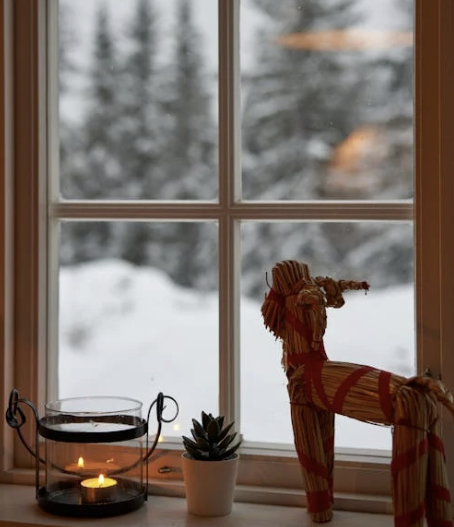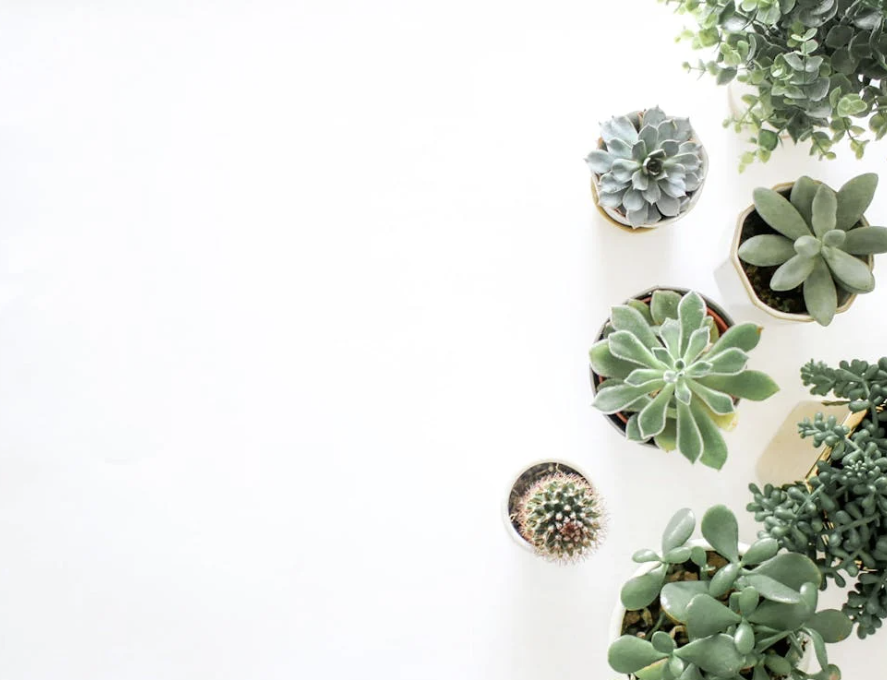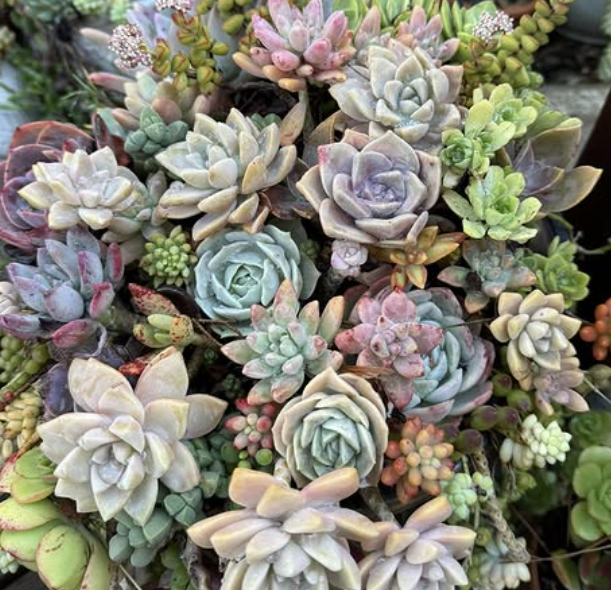Succulent plants are loved by plant lovers for their beauty, low maintenance, and ability to thrive in various environments.
But when the winter months roll around and the weather cools down, these green beauties require a little extra care.
Here’s your guide to overwinter succulents, ensuring your succulent collection remains healthy and vibrant until the warmer weather of next spring.

Understanding Succulents and Winter
Not all succulents are created equal when it comes to surviving the winter season.
- Cold-hardy succulents, like Sedum and Sempervivum, can handle freezing temperatures and even snow. These are great options for plant lovers in colder climates.
- Soft succulents or tender succulents, such as the jade plant, snake plants, and aloe vera, are sensitive to frost damage and should be brought indoors before the first frost.
How to Adjust Succulent Care for Winter
Winter can be harsh on succulents due to the lack of sunlight, lower temperatures, and the risk of overwatering.
Here’s how to adjust their care:
1. Reduce Watering
Succulents need little water during the colder months since they enter a period of dormancy.
- A general rule is to water only when the soil is completely dry.
- Overwatering is the quickest way to cause root rot, especially in winter when water freezes in the soil.
2. Provide Enough Light
During the winter months, there is less sunlight, which can lead to lack of sunlight for your plants.
- Place indoor succulents near a south-facing window where they’ll get plenty of sunlight or the most sun during the day.
- If you don’t have access to natural light, a grow light or fluorescent lights are a great option to keep your succulents thriving.
3. Protect Against Cold Temperatures
Succulents like room temperature or slightly cooler environments. Avoid placing them near drafts or heating vents, as extreme heat can stress them.
- For outdoor succulents, consider raising pots off the ground and wrapping them with extra insulation or burlap to prevent frost damage.
Winter Protection for Outdoor Succulents
If you’re keeping succulents outdoors year-round, follow these tips to protect them:
1. Move Them Before the First Frost
If your succulents aren’t cold-hardy, the first thing you should do is move them indoors or to a sheltered spot like an unheated garage or traditional greenhouse.
2. Use the Right Soil
Ensure they are planted in well-draining soil or a gritty mix. Good drainage is crucial to avoid water pooling and freezing around the roots.
3. Check for Dead Leaves and Signs of Pests
Remove dead leaves regularly to prevent rot and check for signs of pests, which are more likely to appear in weakened plants.
Cold-Hardy Succulents: Great Options for Winter
Some succulent varieties can thrive even in very cold weather. These winter growers are a good idea for those who want beautiful succulents outdoors in colder months:
- Sempervivum (Hens and Chicks)
- Sedum (Stonecrop)
- Agave varieties suited for cooler climates
- Opuntia (Prickly Pear)
Helpful Winter Care Tips
1. Avoid Using Much Water
Too much water is the most common reason succulents fail during the winter season. Use a spray bottle to lightly mist if needed, but avoid soaking the soil.
2. Re-pot in Fresh Soil
If your succulents are showing signs of poor health, consider re-potting them in a larger pot with a fresh succulent mix that ensures good drainage.
3. Fertilize Sparingly
Use a different type of fertilizer designed for succulents, but only apply during their growing season. Most succulents don’t need feeding in the winter.
4. Watch for New Growth
While winter is typically a dormant period, some succulents may still show new growth. If you notice this, ensure they’re getting bright light and adjust watering slightly.
Why Overwintering Succulents Is Worth It
With a little extra care, your succulents can survive the winter months and flourish in the spring.
By understanding their specific needs, ensuring good drainage, and providing enough light, you’ll keep your succulent collection happy, healthy, and ready to grow.
Remember, whether you’re caring for indoor plants, outdoor succulents, or starting with new plants, adapting your care routine to the winter season is the best way to enjoy these resilient and stunning plants year-round.

Frequently Asked Questions About Winter Succulent Care
1. Can succulents survive freezing temperatures?
It depends on the type of succulent. Cold-hardy succulents, such as Sedum and Sempervivum, can withstand freezing temperatures and even snow. However, soft succulents like jade plants and aloe vera are sensitive to frost damage and should be brought indoors.
2. How often should I water succulents in the winter?
During the winter, succulents need little water because they are dormant. A good rule of thumb is to water only when the soil is completely dry, which may be every 3-4 weeks, depending on the indoor humidity and temperature.
3. Do succulents need sunlight in the winter?
Yes! Succulents require bright light even in winter. Place them near a south-facing window for enough sunlight, or use a grow light if natural light is limited.
4. What are the signs of overwatering succulents?
Signs of overwatering include yellowing leaves, mushy stems, and a rotten smell from the soil. Overwatering in winter is particularly dangerous as it can lead to root rot, especially if the pot lacks drainage holes.
5. Can I leave succulents outdoors in the winter?
Outdoor succulents can stay outside if they are cold-hardy varieties and planted in well-draining soil. For tender succulents, bring them indoors or to a sheltered spot before the first frost.
6. Should I fertilize succulents in the winter?
No, most succulents are dormant during the winter months and don’t need fertilizer. Wait until next spring or their active growing season to use fertilizer.
7. What’s the best way to protect succulents from frost damage?
The best way to protect succulents from frost is to move them indoors or to an unheated garage. If they must stay outside, wrap pots with extra insulation, raise them off the ground, and ensure they are under shelter.
8. Why are my succulents dropping leaves in the winter?
Succulents may drop leaves due to cold temperatures, lack of sunlight, or overwatering. Check their environment and care routine to identify the issue.
9. What kind of soil should I use for succulents in winter?
Use a succulent mix or a gritty mix with good drainage. Avoid soils that retain too much moisture, as they can freeze and damage the roots.
10. Can I propagate succulents during the winter?
While propagation is easier in warmer months, you can still propagate succulents in winter if they’re indoors and receiving enough light and warmth. Use cuttings or leaves and plant them in well-draining soil.
11. Why are my succulents turning brown or black?
Brown or black leaves may indicate frost damage, sunburn from extreme heat near heaters, or root rot from overwatering. Adjust their environment to prevent further stress.
12. Do succulents go dormant in the winter?
Most succulents enter dormancy in winter, requiring less water and fertilizer. However, some, known as winter growers, like certain Aloe varieties, may remain active during colder months.

